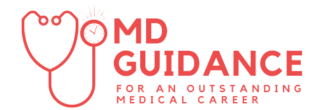Written By: Nour Dalloul, Reviewed By: Yousef Al-Saba’a and Majed Jaber
Cover Letter
what is a cover letter?
A cover letter is a one-page formal letter that is attached to a CV to introduce yourself, your skills, and your experience to a potential employer. It is an important way to make a good first impression and to stand out from other job applicants. When writing a cover letter, it is important to carefully read the job specification and do some research on the company to understand their specific needs and values. The cover letter should not simply repeat the information in your CV, but should instead expand on key elements and demonstrate how your experience makes you a good match for the position.
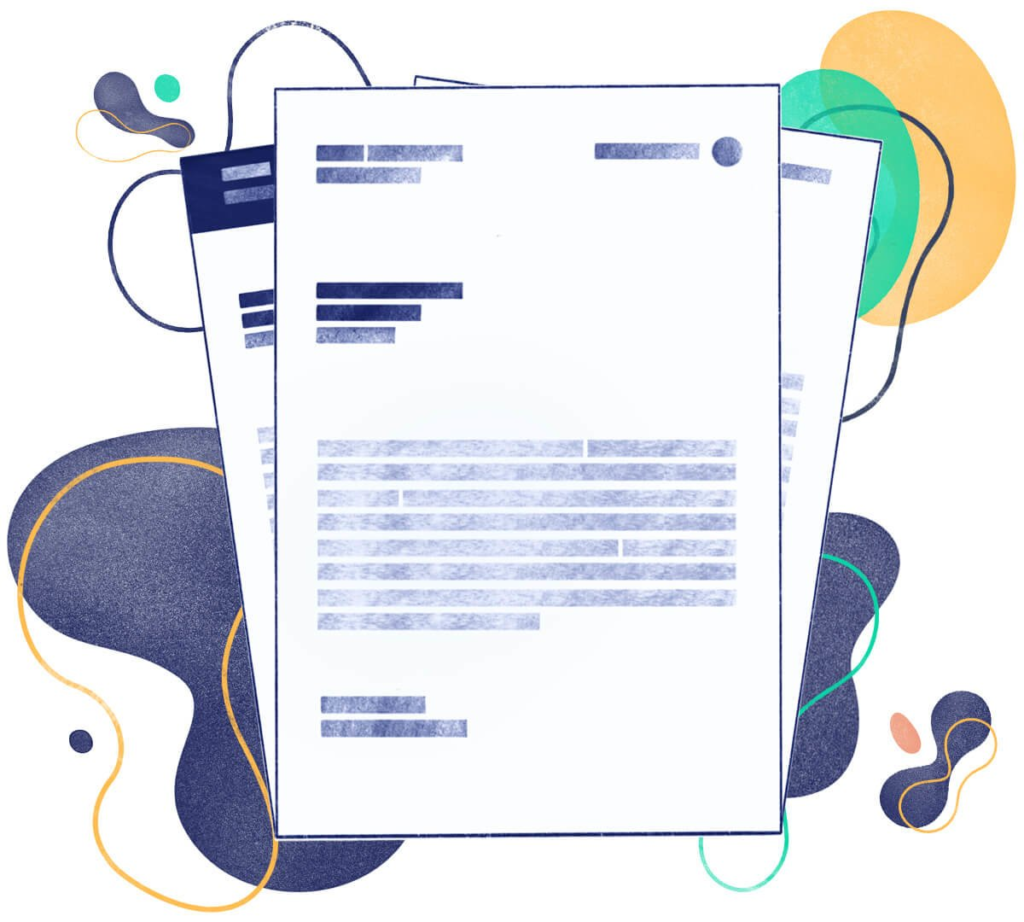
Medical students often use cover letters when applying for placement years, internships, graduate positions, and postgraduate opportunities. When writing a cover letter, it is important to not just repeat the information in your CV, but to instead expand on key elements and demonstrate how your experience and skills make you a strong fit for the specific position you are applying for.
The cover letter should provide a glimpse into how you would perform in the role if you were offered the position. It is important to not just treat the cover letter as a repetition of information from your CV but to use it as an opportunity to showcase your qualifications and potential as an employee.
Evidence that you have:
- Carefully read the specification for the position (e.g. a job, internship, placement year) and understood the particular skills and attributes required.
- Do some background research on the company because of your committed interest in its particular activities and impact within the sector.
- Identify a good match between your skills and experience and those required by the role you are applying for.
Before you write, Do:
- Research employers, Roles & Career
- Which markets do they operate in?
- Who are their customers/clients?
- Do they have specific values or a company ethos?
- What is it like to work for them?
- What training and development are available to employees?
- Write down your relevant notes:
- Research the career – you will be asked “why are you interested in becoming a …?”.
- Research the role – consider your reasons for applying to a particular company and gain an understanding of what makes their opportunity stand out (responsibilities, progression, qualifications, etc.)
- Research the employer – Consider their place within their industry, who are their customers? What service/s does the organization offer to customers, are there any threats or opportunities for the business?
- Consider your own most relevant skills/experience (read the job spec), and make notes with specific details to help you prepare to write your cover letter.
- Show commitment to research and development and also work in partnership with industry and academia.
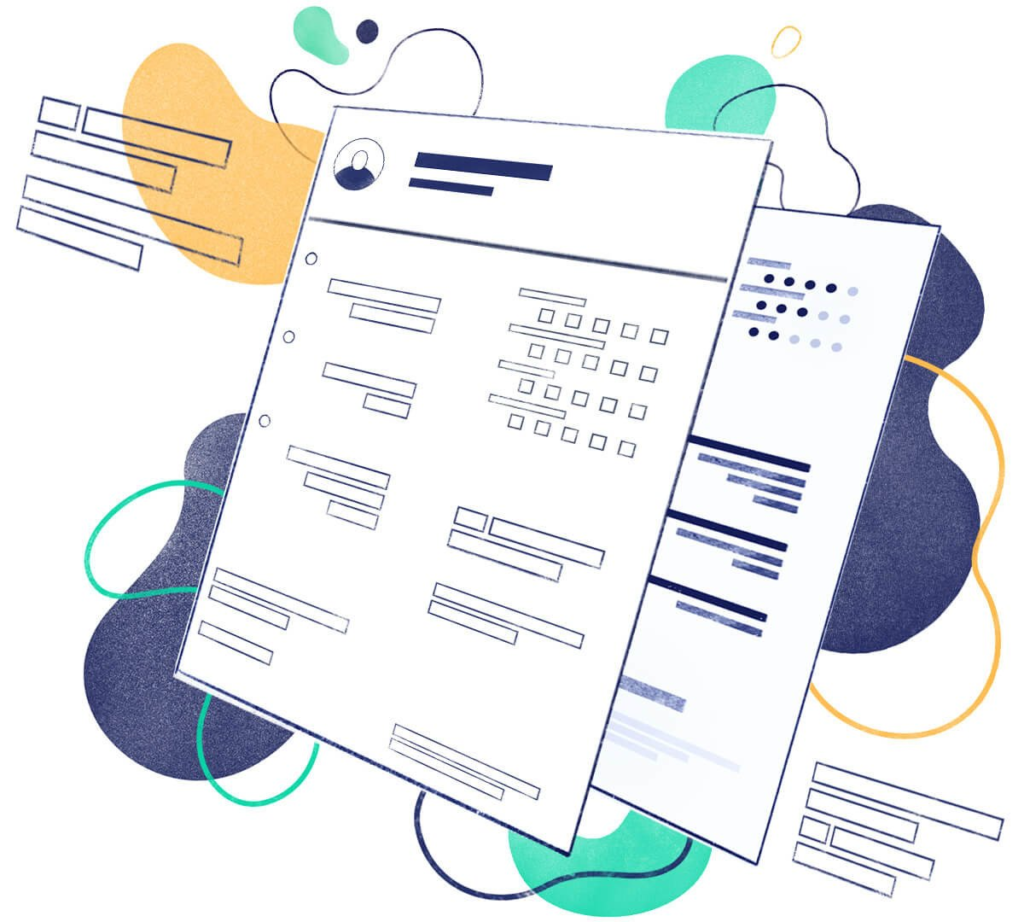
The anatomy of a cover letter
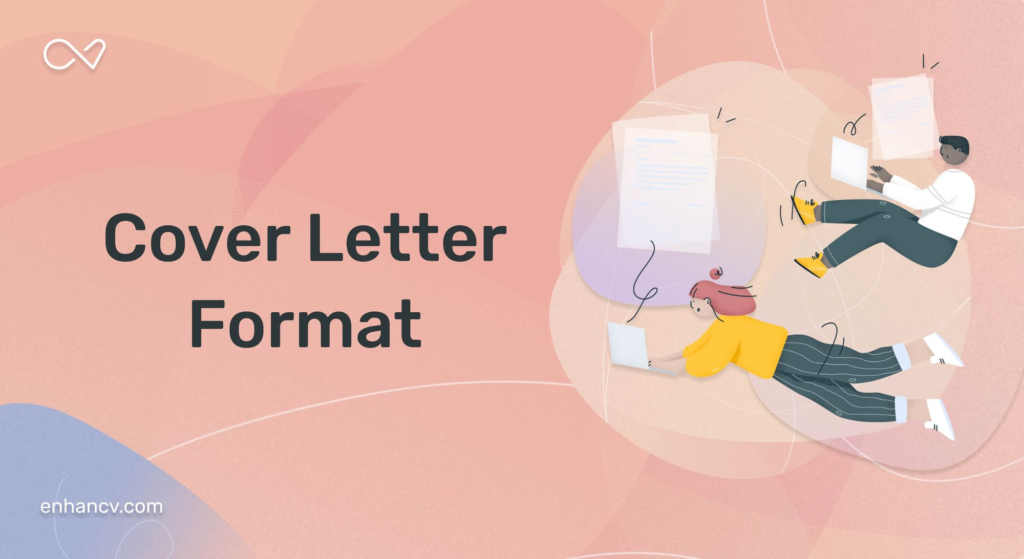
A cover letter is made up of several key components, including a header, opening paragraph, body, and closing paragraph.
The header should include your contact information on the right and the employer’s address on the left, as well as the date and a specific addressee or person’s name (if possible). The title of the position or opportunity you are applying for should be included in the opening sentence. It is important to only include your first and last name in your email address and to use a respected email provider like Gmail. Do not include your current work address in the header.
The opening paragraph should begin with a greeting to the hiring manager, which is the first thing they will see. You can find the hiring manager’s name by doing research and looking at the job description. If you are unable to find a name, you can use “Dear Hiring Manager” or “Dear Search Committee.”
The body of the cover letter should be specific to the opportunity and the employer, and should make smart use of the limited space available by being concise but not overly general. A typical structure for the body includes an opening sentence, an explanation of why you are interested in this employer and role, and an explanation of why you are a strong candidate for the job.
It is important to show that you have researched the employer and understand their values, as well as to provide specific examples of your skills and experience that align with the requirements of the position. The body should also include information on how you heard about the opening and what you can bring to the organization and role in terms of skills, experience, and qualifications.
The closing paragraph should thank the employer for considering your application and express your interest in the opportunity. It should also include your contact information and indicate your availability for an interview.
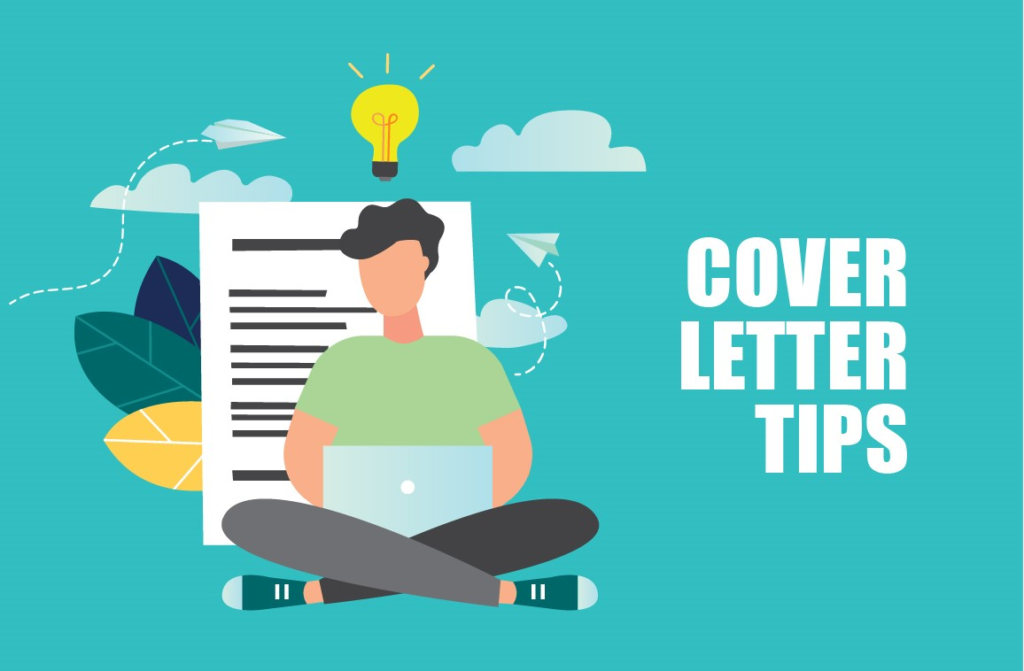
Here are some extra tips for writing a successful cover letter:
Keep it brief: A cover letter should generally be no more than one page in length. An exception is if the job has a person specification consisting of a detailed list of skills, and selection is based on applicants demonstrating in this letter that they have them all. In this case, you may need to exceed one page.
Promote yourself: This is your chance to highlight what you can bring to the role and organization.
Tailor your letter: A cover letter should be tailored to each specific application. Employers can easily identify a generic cover letter used in multiple applications.
Show enthusiasm: Even when applying for an insight day or short-term opportunity, it is still important to convey your interest in the organization and your enthusiasm for a career with them in the longer term.
Always include a cover letter: If given the opportunity, always submit a cover letter with your application.
Be concise: An ideal cover letter will be three to four concise paragraphs and only be one page. Avoid starting every sentence with “I” and make sure to provide evidence for all your claims.
Don’t repeat your CV: A cover letter should not simply repeat the information in your CV. Instead, focus on highlighting specific skills and experiences that align with the requirements of the position.
Edit and proofread: Make sure your grammar, spelling, and punctuation are accurate and get someone else to read it over.
Use action words: A cover letter is a marketing tool. Use plenty of action words to showcase your skills and accomplishments.
Formatting: When submitting a cover letter electronically, make sure to use the format of a formal letter and include your contact details and the employer’s. If converting to a PDF, check that your formatting translates correctly.
Match your resume: Make sure your resume and cover letter are prepared with the same font type and size.
It’s important to proofread your cover letter carefully to ensure that it is error-free. After you have written your cover letter, it can be helpful to take a break and then come back to it to proofread it again with fresh eyes. Pay attention to spelling, grammar, and punctuation errors and make sure to double-check for typos. After you have thoroughly proofread your cover letter, you can feel confident in sending it off to the employer.
Keep checking out the cover letter guidance through the link:
https://mdguidance.com/category/cover-letter-guidance-articles/
